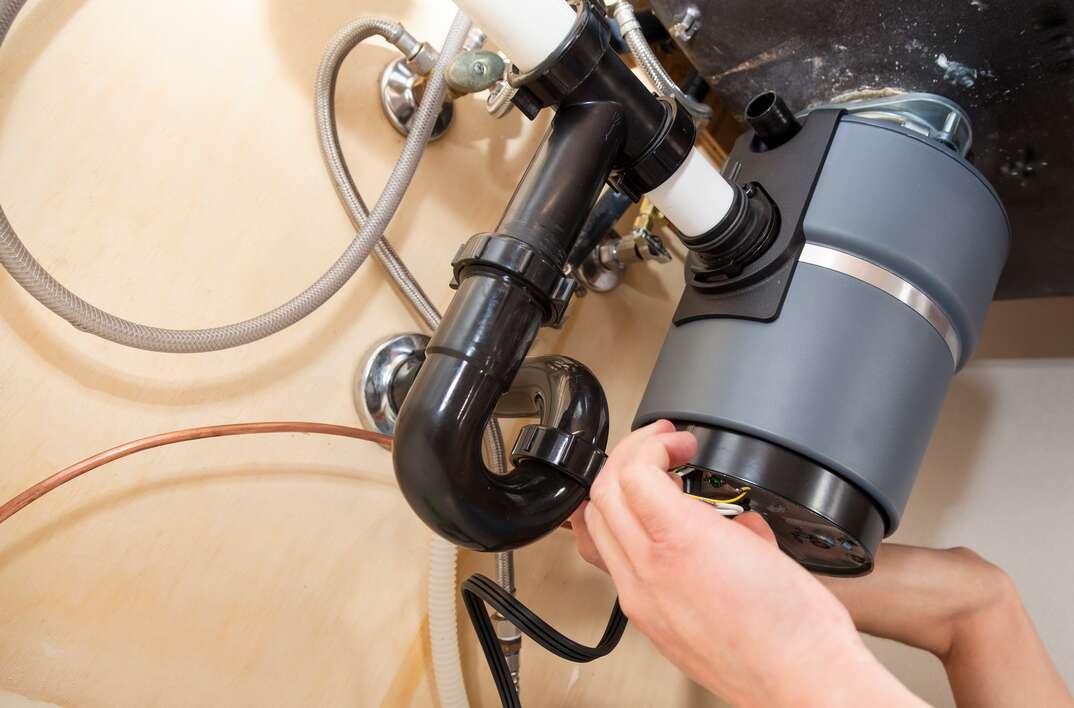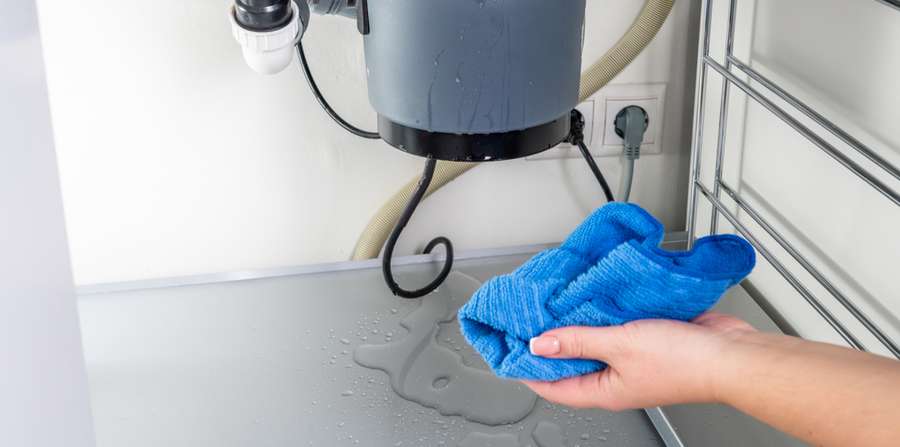Recommended Methods for Resolving a Leak in Your Garbage Disposal
CallDo you find yourself hunting for related information on Why Is My Garbage Disposal Leaking From the Bottom??

Waste disposal unit are crucial kitchen area devices that assist in disposing of food waste efficiently. However, a dripping waste disposal unit can be a frustrating and messy problem to manage. Thankfully, lots of leaks can be repaired easily with a few easy actions. In this write-up, we will certainly go over exactly how to take care of a leaking garbage disposal successfully.
Intro
Waste disposal unit are mounted under kitchen sinks and are designed to shred food waste into smaller pieces, permitting it to travel through the plumbing system easily. While these tools are normally trusted, leaks can occur gradually because of wear and tear, loosened connections, or damages to the system.
Usual Root Causes Of Leaks in Waste Disposals
Worn Seals and Gaskets
Seals and gaskets play a critical duty in stopping water from leaking out of the waste disposal unit. In time, these components can wear away, causing leaks around the disposal system.
Loose Links
The connections in between the garbage disposal and the pipes system can end up being loosened with time, triggering water to leakage out during procedure.
Fractures or Holes in the Disposal Unit
Physical damage to the garbage disposal, such as splits or openings in the housing, can also cause leaks.
Identifying the Source of the Leakage
Before attempting to deal with a leaking garbage disposal, it is important to identify the source of the leak. This can normally be done with visual evaluation or by conducting basic tests.
Visual Assessment
Examine the garbage disposal system meticulously for any kind of signs of water leakage. Pay very close attention to areas around seals, gaskets, and link factors.
Evaluating for Leakages
One way to examine for leaks is by running water through the disposal unit and checking for any type of visible indicators of leakage.
Devices and Products Needed for Repairing a Leaking Garbage Disposal
Prior to starting the repair procedure, gather the necessary devices and products, consisting of a screwdriver, flexible wrench, plumbing technician's putty, replacement seals or gaskets, and epoxy or patching material for fixing splits or openings.
Step-by-Step Overview to Fixing a Dripping Garbage Disposal
Shut off the Power
Prior to attempting any kind of repair work, guarantee that the power to the waste disposal unit system is turned off to stop the risk of electrical shock.
Locate the Leakage
Determine the precise location of the leakage and establish the cause.
Tighten up Links
Use a wrench to tighten any type of loosened links in between the disposal system and the plumbing system.
Change Seals or Gaskets
If the leakage is because of worn seals or gaskets, remove the old components and replace them with new ones.
Patching Splits or Openings
For fractures or holes in the disposal device, use epoxy or an ideal patching material to secure the damaged location.
Checking the Waste Disposal Unit After Repair
Once the repair service is full, evaluate the waste disposal unit by running water with it to make sure that the leakage has actually been solved.
Preventive Maintenance Tips to Avoid Future Leakages
To prevent future leakages, it is necessary to perform routine upkeep on your garbage disposal. This consists of keeping it tidy, preventing placing non-food products or tough items down the disposal, and regularly looking for leaks or various other issues.
Verdict
In conclusion, taking care of a leaking waste disposal unit is a fairly uncomplicated process that can be completed with standard tools and products. By adhering to the steps detailed in this post and practicing preventative maintenance, you can keep your garbage disposal in good working condition and avoid expensive repair work in the future.
What to Do About a Leaking Garbage Disposal
A leaking garbage disposal often goes unnoticed until you confront a sopping cabinet, a foul-smelling puddle, or an audible drip-drip-drip from the unit. The fix can be frustrating, too, because the leak can stem from a number of components in the system. Fortunately, with a little sleuthing, you can zero in on the leak and—depending on the exact location—stop the icky oozing and repair the component that caused it. Worst case scenario, if it turns out that the garbage disposal must be replaced, installing a new one is a reasonable do-it-yourself task for those with basic plumbing skills. Read on to keep the cash you’d otherwise hand over to a pro.
Prepare to find the leak
Prior to testing the garbage disposal for leaks, unplug it at the wall outlet and turn off the power from the breaker box to prevent electrical shock. Then insert a watertight sink stopper into your sink drain and wipe the unit dry with a clean cloth. In any handy container, mix a few drops of food coloring into a few cups of water, and pour the dyed water onto the sink stopper to help you locate the leak.
Investigate the source
the top, where the disposal meets the sink drain the side, where the dishwasher hose or main drain pipe connects to the disposal or the bottom of the unit Inspect each of these locations while gliding a light-colored rag over the unit; the dyed water will readily show on the rag and reveal the location of the leak. If a leak isn’t immediately apparent, remove the sink stopper and pour a few more cups of dyed water down the sink drain, then check for leaks again. Leaks near the top of the unit are more likely to show themselves while the sink is plugged, while side and bottom leaks are more noticeable while the sink is unplugged.
The metal sink flange that sits directly inside the sink drain is typically sealed around the top with plumber’s putty (a clay-like sealant) and then secured from under the sink with bolts. If the plumber’s putty deteriorates, or the bolts loosen, the flange can no longer form a watertight seal between the sink drain and the disposal—which could cause a leak at the top of the unit.
To reseal the leaky flange, you must first detach the garbage disposal. Start by loosening the screws securing the main drain pipe to the disposal, then loosen the screws in the metal clamp securing the dishwasher hose to the disposal and detach the drain pipe and dishwasher hose from the disposal. Loosen the screws in the mounting ring that connects the disposal to the metal mounting assembly beneath the sink, then pull down the disposal and carefully set it on a clean, dry surface. Loosen the bolts in the mounting assembly with a wrench, then pull down the mounting assembly and set it near the disposal.

I hope you liked our part about Tips on Fixing a Leaking Garbage Disposal. Thanks so much for finding the time to browse our post. Those who enjoyed our blog entry kindly do not forget to pass it around. Thanks a bunch for your time. Visit us again soon.
Visit My Web Page